CBSE Class 8 Science Chapter 3 Notes: Synthetic Fibres And Plastics
Clothes that we wear on a daily basis are made of fabrics. Fabrics are made of fibres which are obtained from natural and artificial sources. Wool, silk, and cotton are a few examples of natural fibres and fibres like polyesters and terylene are a few examples of synthetic fibres. In class 8 science chapter 3, the various types of synthetic fibres along with their characteristics are mentioned.
Let’s Build
Fibre
- The clothes, which we wear are made of fabrics.
- Fabrics are made from fibres obtained from natural or artificial sources.
- Fibres are also used for making a large variety of household articles.
To know more about Fibre, visit here.
Polymer
- The word ‘polymer’ comes from two Greek words; poly meaning many and mer meaning part/unit.
- A polymer is a substance composed of many repeated similar subunits.
To know more about Polymer, visit here.
Synthetic Fibre
- Fibres that are made or created by humans are known as synthetic or man-made fibres.
- Humans have been able to make a variety of synthetic fibres. Eg: rayon, nylon etc.
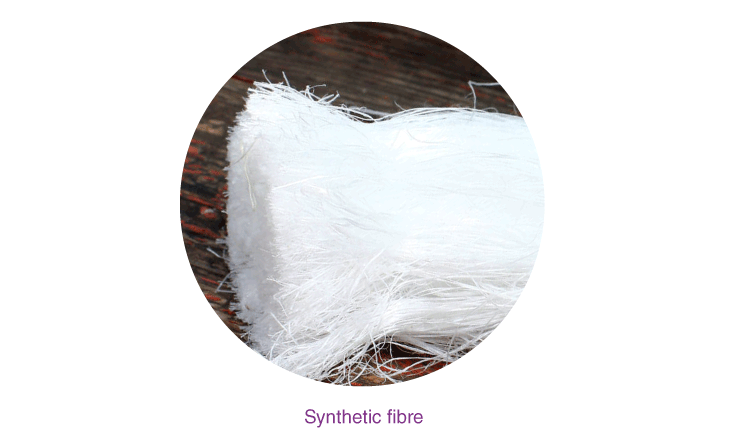
To know more about Synthetic Fibre, visit here.
Natural Fibre
The naturally occurring fibres that humans derive from plants or animals are known as natural fibres. Eg: cotton, wool, silk, etc.
The Story of the Silkworm
Silk
- Silk fibre is obtained from the cocoon of a silkworm. It takes 10 kg of the cocoon material to create 1kg of silk.
- The process was discovered in China where it was kept as a closely guarded secret for a long time.
- Silk is costly due to the material quality and production process involved. It is used in making sarees, ties, etc.
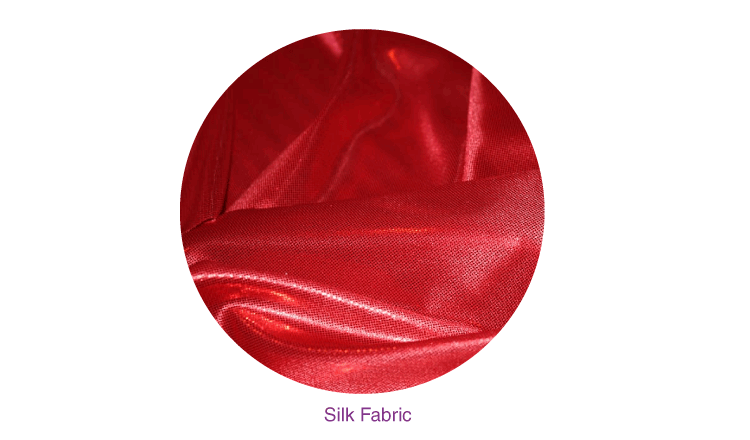
To know more about Silk, visit here.
Raving about Rayon
Rayon
- Rayon is made from purified cellulose, which is chemically converted into a soluble compound.
- Rayon comes from natural sources such as wood pulp but is considered as a man-made fiber. This is because rayon can be treated chemically.
- When rayon is compared with silk, it is inexpensive but can be woven like silk fibres.
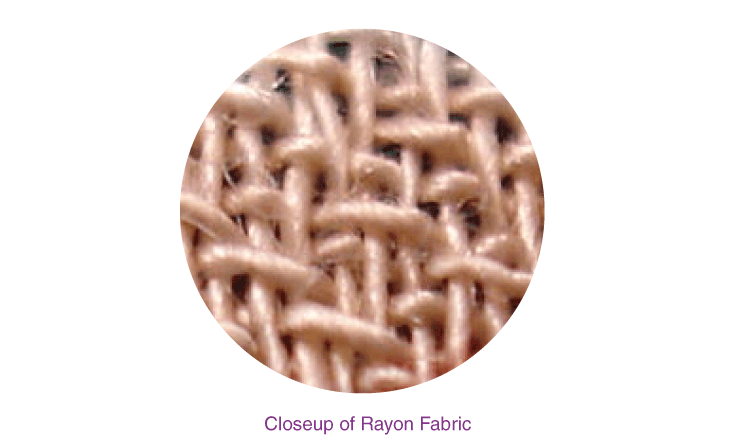
Nylon
- Nylon is a synthetic fibre obtained from coal, water and air.
- The first fully synthetic fibre obtained was nylon.
- The characteristic properties are that it is light, strong, and elastic.
- Nylon finds application in the manufacturing of socks, ropes, tents, car seat belts, sleeping bags, curtains etc.
To know more about Rayon and Nylon, visit here.
Pushy – Pull Polyesters
Polyester
- Polyester is made of repeating units of a chemical called an ester.
- It is a crease free synthetic fibre.
- It is best suited for the making of dress materials as it is crisp and is easy to wash.
- A popular polyester is Terylene.
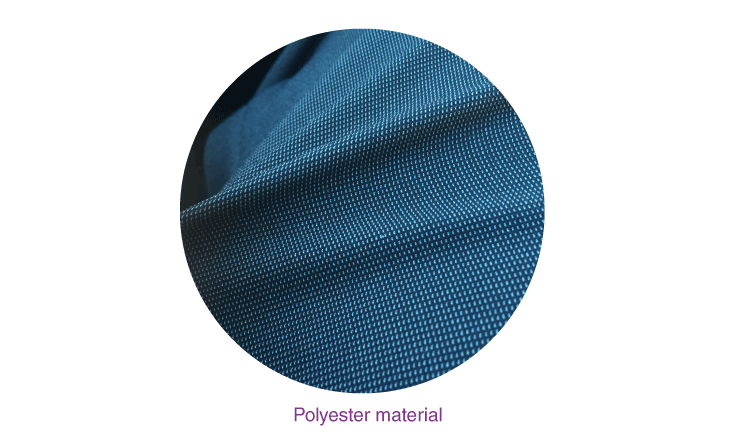
To know more about uses of Polyester, visit here.
Fake Sheep – Acrylic
Acrylic Fibre
- Acrylic is a synthetic fibre that resembles wool.
- The wool obtained from natural sources is quite expensive, whereas clothes made from acrylic are relatively cheap.
- Synthetic fibres are more durable and affordable which makes them more popular than natural fibres.
Plastic Attack Alert
Plastic
- Plastic is also a polymer like the synthetic fibre.
- All plastics do not have the same type of arrangement of units. In some, it is linear whereas in others it is cross-linked.
- Plastic can be recycled, reused, coloured, melted, rolled into sheets or made into wires. That is why it finds such a variety of uses.
To know more about Plastics, visit here.
Thermoplastics
Plastic, which gets deformed easily on heating and can be bent easily are known as thermoplastics. Eg: polythene and PVC
Thermosetting Plastics
Plastics, which when moulded once, can not be softened by heating. Eg: bakelite and melamine.
Characteristics of Plastics
– Plastic is non-reactive
– Plastic is light, strong and durable
– Plastic is a poor conductor
To know more about Properties of Plastics, visit here.
Biodegradable and Non-Biodegradable Materials
A material that decomposes through natural process is biodegradable and materials that are not easily decomposed by natural processes is termed as non-biodegradable.
Eg: Biodegradable – fruits, paper
Non Biodegradable – plastic, tin
To know more about Biodegradable and Non-Biodegradable Materials, visit here.
Environmental Effects on Plastic
- Plastic takes several years to decompose, it is not environmental friendly.
- It causes pollution.
- The burning process in the synthetic material is quite slow and it does not get completely burnt easily.
- It releases lots of poisonous fumes into the atmosphere causing air pollution in the process.
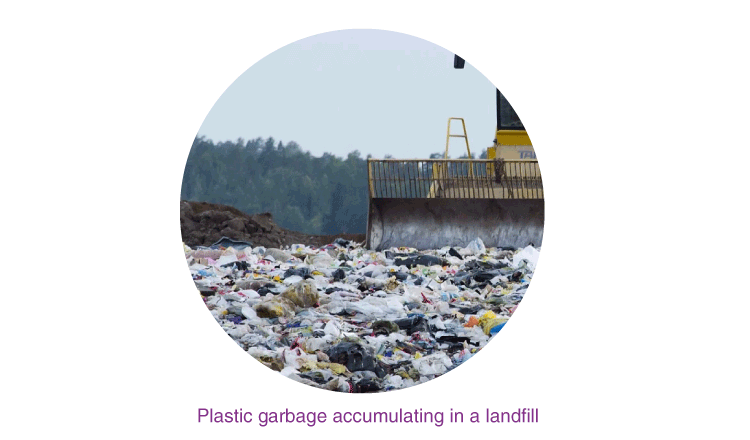
To know more about Effects of Plastics, Know more
Implement the 4 R principle in everyday life. Following are the 4Rs:
- Reduce
- Reuse
- Recycle
- Recover
These habits are environment-friendly.
Comments
Post a Comment